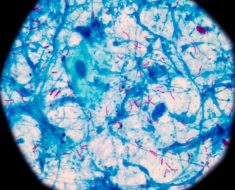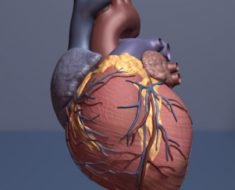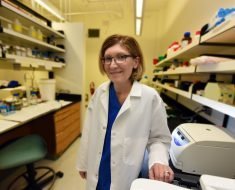Early life stress, sleep disturbances and alterations in neuronal plasticity have been associated with depression, yet the relation between these factors and depression remains poorly understood.
In her doctoral dissertation, M.Sc. Olena Santangeli from University of Helsinki explored the interconnection between depression and sleep disturbances starting from early stage of development. Possible molecular mechanisms underlying this interaction were assessed using animal models. The investigation of sleep disturbances in early-onset depression in humans was performed in depressed adolescents.
To assess the effect of early life stress on sleep and possible mechanisms of this effect, she used cross-fostering in rats, i.e. pups were changed between mothers.
“Cross-fostered rats demonstrated negligible changes in behaviour. However, they showed profound changes in sleep architecture: duration and number of rapid eye movement sleep episodes was significantly increased compared to controls. Moreover, cross-fostering led to persistent molecular changes in the brain areas crucial for sleep regulation,” Santangeli says.
To further investigate sleep disturbances in early-onset depression Santangeli studied sleep in depressed adolescent boys using polysomnography.
“The sleep of depressed boys was characterized by lower slow-wave activity, or SWA, and its slower rise during the course of first non-rapid eye movement sleep episode compared to healthy boys. The SWA dissipation through the night in depressed patients had flatter shape compared to healthy subjects. Moreover, a negative correlation between SWA dissipation and depression severity was detected,” Santangeli says.
All the changes were more pronounced in the frontal derivation compared to central derivation that support the idea that sleep regulation and depression might share common neurobiological mechanisms.
Source: Read Full Article





